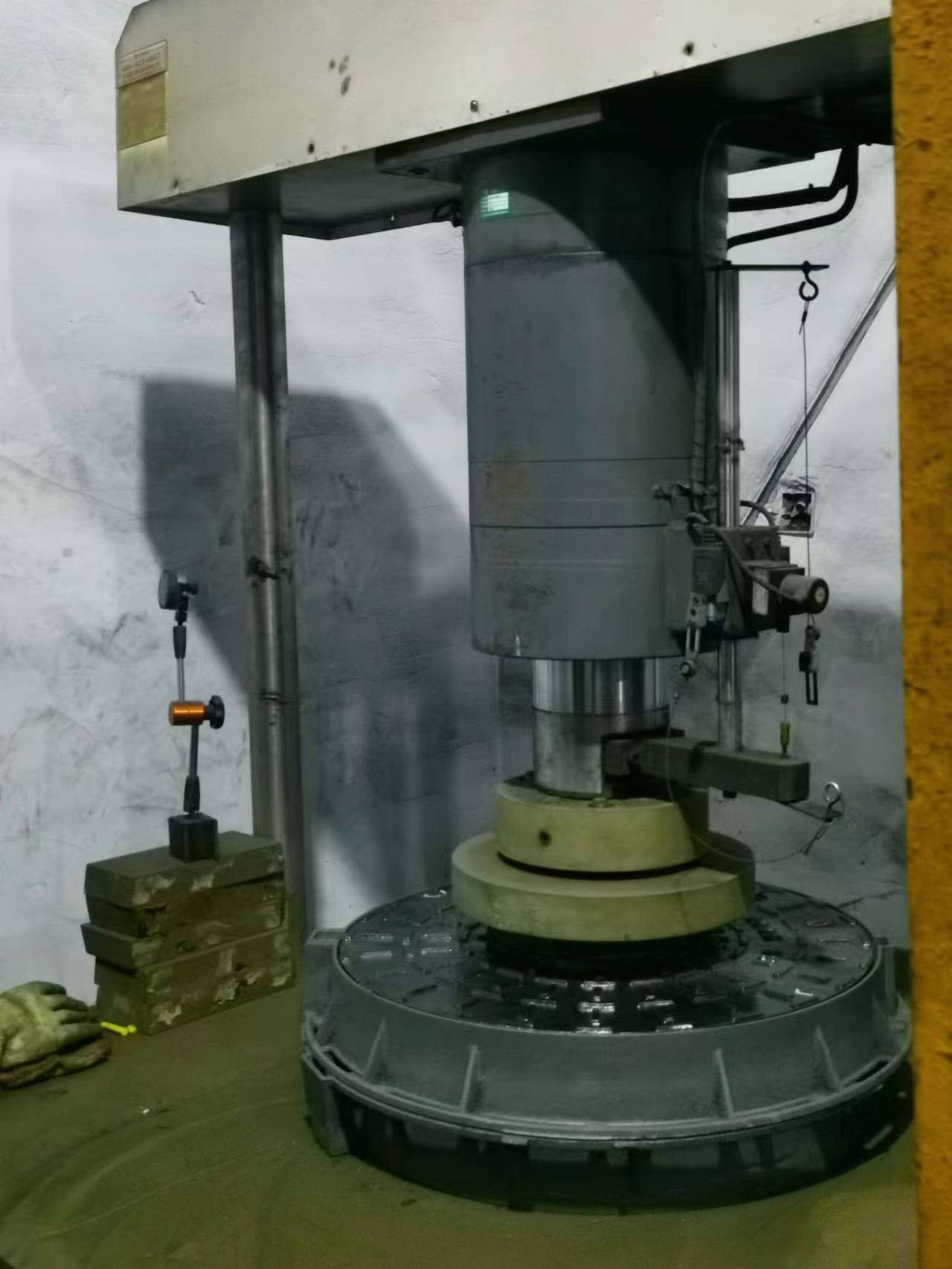Inline Butterfly Valve Design and Applications for Efficient Fluid Control Systems
Understanding the Inline Butterfly Valve A Comprehensive Overview
Inline butterfly valves are crucial components in various industries, offering a reliable and efficient solution for controlling fluid flow. These valves are designed to provide a balance between functionality and space-saving efficiency. In this article, we will explore the fundamental features, advantages, and applications of inline butterfly valves, as well as considerations for their use.
What is an Inline Butterfly Valve?
An inline butterfly valve consists of a circular disc or butterfly, which rotates around a central axis to control the flow of fluid through a pipeline. The valve is generally installed between two flanges, creating a linear flow path. When the valve is in the closed position, the disc completely obstructs the flow, while in the open position, the disc is turned parallel to the flow, allowing maximum passage.
Key Features
1. Compact Design The inline butterfly valve has a simple and compact design, making it suitable for applications where space is a constraint. Its lightweight structure contributes to ease of installation and maintenance.
2. Quick Operation The design allows for quick opening and closing, often requiring only a quarter turn. This makes it ideal for applications that need fast response times.
3. Versatility Inline butterfly valves can be constructed from various materials, including metals and plastics, making them suitable for a wide range of fluids—liquids, gases, and slurries. This versatility allows them to be used in diverse industrial applications.
4. Minimal Pressure Drop Due to their design, inline butterfly valves typically produce a lower pressure drop when fully open, enhancing the efficiency of fluid flow within the system.
Advantages
- Space Efficiency The inline butterfly valve's compact design saves valuable space in piping layouts compared to other types of valves. - Cost-Effectiveness These valves are generally less expensive than other valve types, combined with lower installation and maintenance costs, providing an economical option for many industries.
- Reduced Turbulence The streamlined disc shape minimizes turbulence, ensuring smoother fluid flow and less wear on the valve and piping system
.- Easy Maintenance With fewer moving parts, inline butterfly valves require less maintenance, making them easy to service and replace.
inline butterfly valve

Applications
Inline butterfly valves are widely used across various industries, including
- Water Treatment They are commonly employed in water supply and sewage treatment plants for controlling the flow of water and wastewater.
- Chemical Processing The chemical industry utilizes these valves for controlling corrosive fluids and slurries, where durability and reliability are key.
- Oil and Gas Inline butterfly valves play a vital role in the oil and gas sector for managing the flow of crude oil, natural gas, and other hydrocarbons.
- HVAC Systems In heating, ventilation, and air conditioning (HVAC) applications, they help regulate airflow, contributing to energy efficiency.
Considerations for Use
When selecting an inline butterfly valve, several factors need to be considered
- Pressure and Temperature Ratings Ensure the valve can handle the maximum operating pressure and temperature of the system.
- Material Compatibility Choose materials that can withstand the specific fluid being handled, accounting for chemical compatibility and corrosive properties.
- Size and Connection Type Selecting the appropriate size and connection type is essential for optimal performance and integration into the existing piping system.
Conclusion
Inline butterfly valves are an integral part of modern industrial systems, providing an efficient and cost-effective solution for flow control. Their compact design, quick operation, and versatile applications make them a popular choice across various sectors. By understanding their features and benefits, industries can effectively implement these valves to enhance operational efficiency and reliability.
-
The Smarter Choice for Pedestrian AreasNewsJun.30,2025
-
The Gold Standard in Round Drain CoversNewsJun.30,2025
-
The Gold Standard in Manhole Cover SystemsNewsJun.30,2025
-
Superior Drainage Solutions with Premium Gully GratesNewsJun.30,2025
-
Superior Drainage Solutions for Global InfrastructureNewsJun.30,2025
-
Square Manhole Solutions for Modern InfrastructureNewsJun.30,2025
-
Premium Manhole Covers for Modern InfrastructureNewsJun.30,2025
